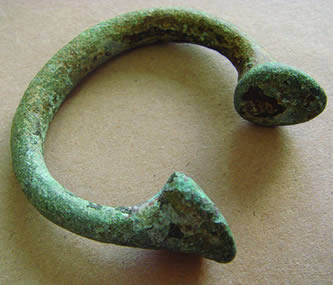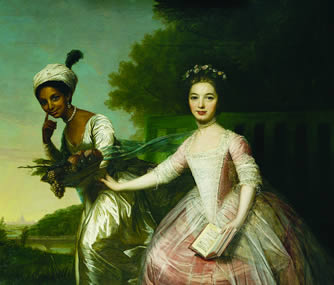
|
|
 Sites of MemoryEnglish Heritage uncovers some key hidden legacies... When the stories behind our local streets and landmarks are told they can give us a glimpse into history on our doorsteps. The late 16th to early 19th centuries – the period of Britain’s most active involvement in the transatlantic slave trade - have left a wealth of evidence in records and the historic environment that today tells the story of anti-slavery campaigners from all backgrounds, of those who grew wealthy on the trade in human lives and also of those who were themselves slaves in England but nevertheless left their mark on history. Sites recorded include: Liverpool Town Hall, was at the centre of the city’s trading activity. All of the city’s mayors between 1787 and 1807 were involved in the slave trade. Built in 1754, the building’s frieze shows African faces, elephants, crocodiles and lions representing Liverpool’s African trading links. ‘Samboo’s’ Grave, at Sunderland Point, near Lancaster Ottobah Cugoano (about 1757 - unknown) was a friend of Equiano and one of the first African Britons actively engaged in the campaign for the abolition of slavery. His book, Thoughts and Sentiments on the Evil and Wicked Traffic of the Slavery and Commerce of the Human Species, published in 1787, rejected all arguments that supported African enslavement. From at least 1784 Cugoano had been employed as a servant by the fashionable painters Richard and Maria Cosway at their home, now Schomberg House, 81 Pall Mall, London SW1 which can be seen from the street. Britain’s oldest memorial to the abolition of slavery, the Anti-Slavery Arch, Farmhill Road, Paganhill, Stroud in Gloucestershire, was erected in 1834 by Henry Wyatt (1793-1847) to celebrate the passing of the Slavery Abolition Act of 1833. For a digital version of the leaflet visit www.english-heritage.org.uk Top Pic : Bronze manilla from the wreck of the “Douro”. C Mark Dunkley, © English Heritage
|




